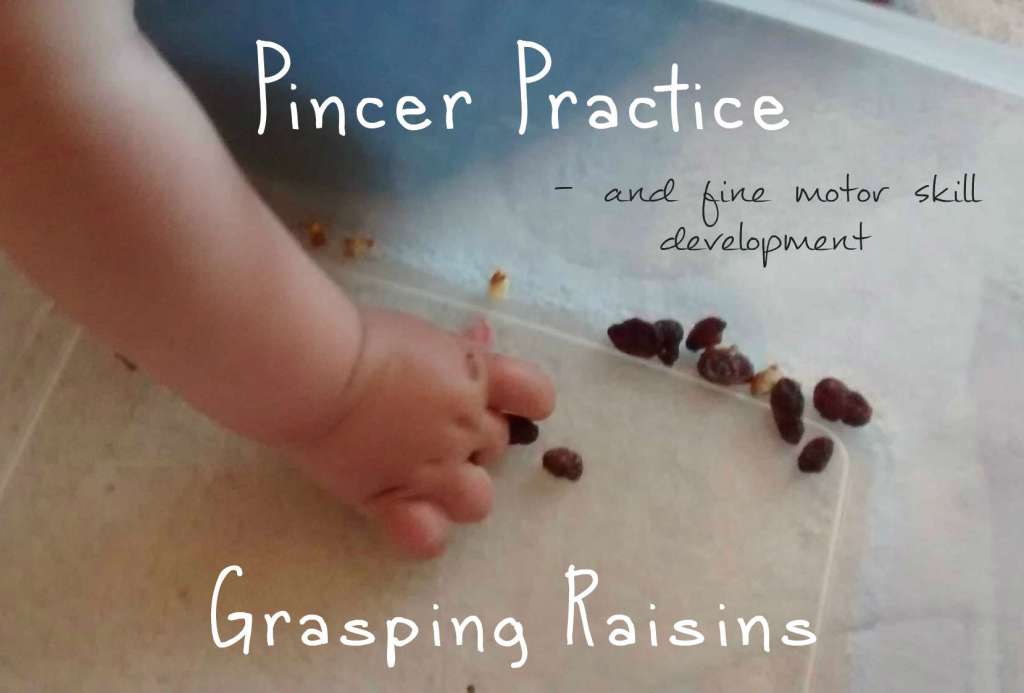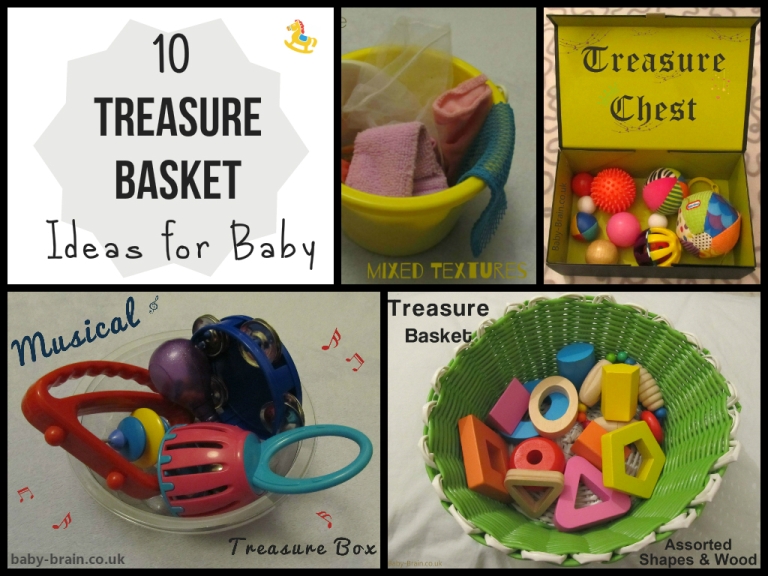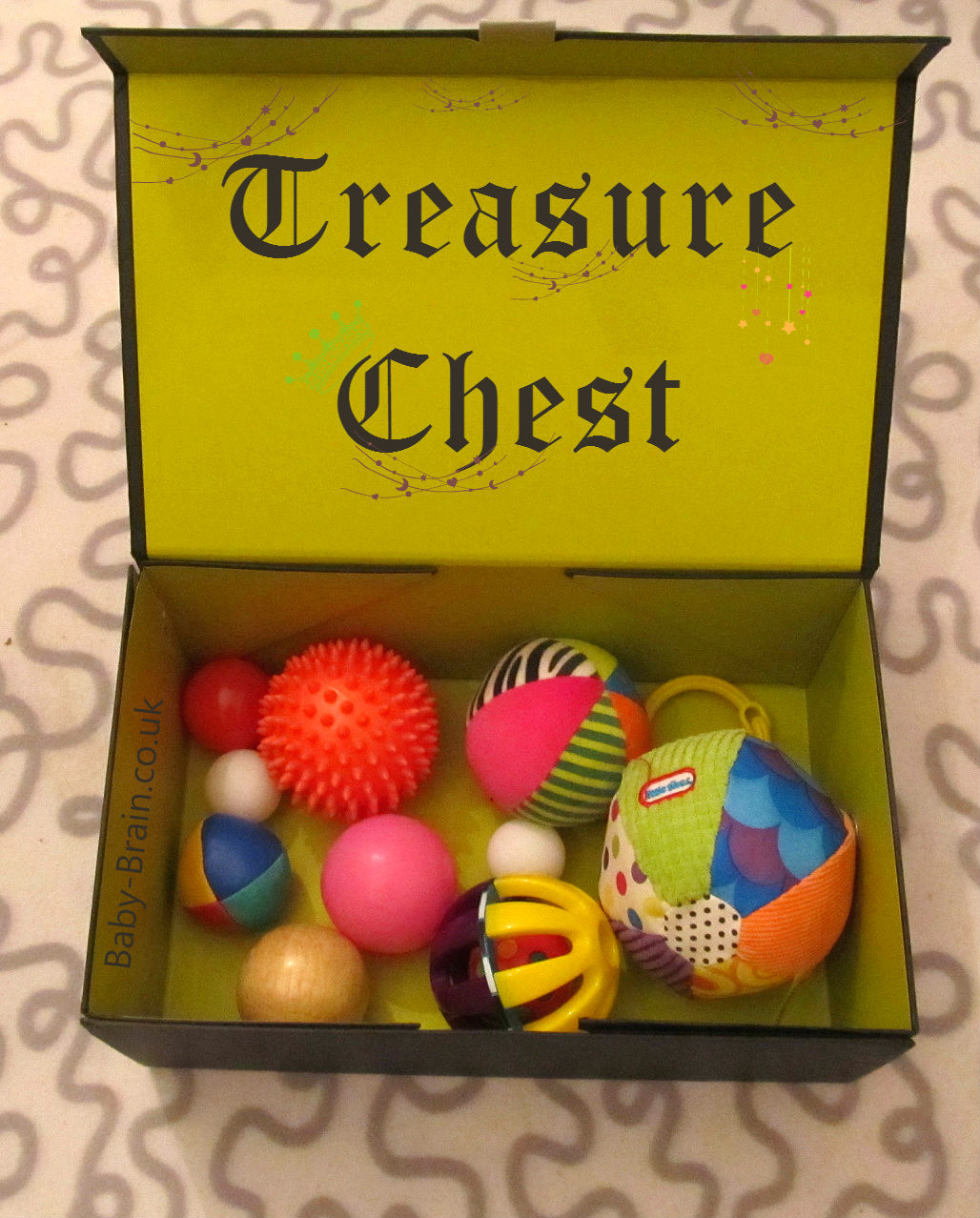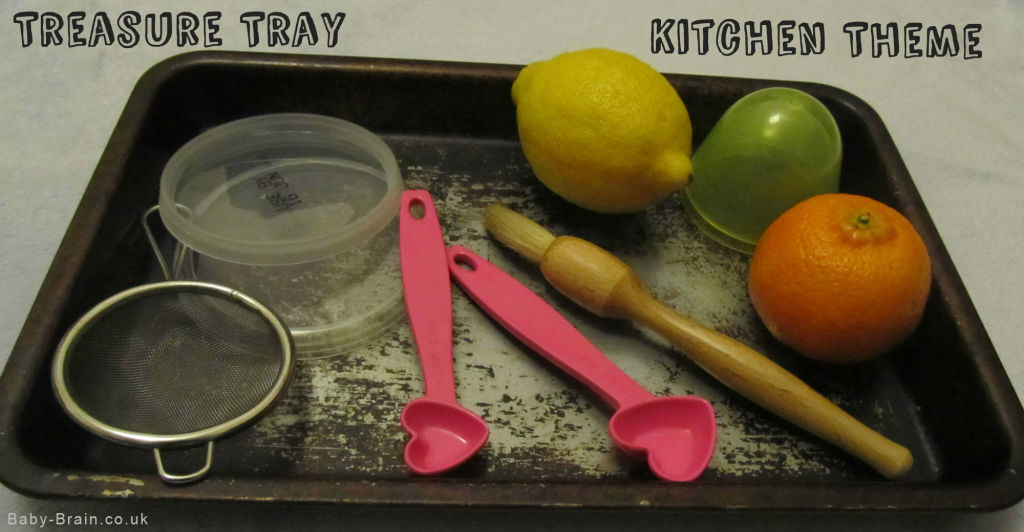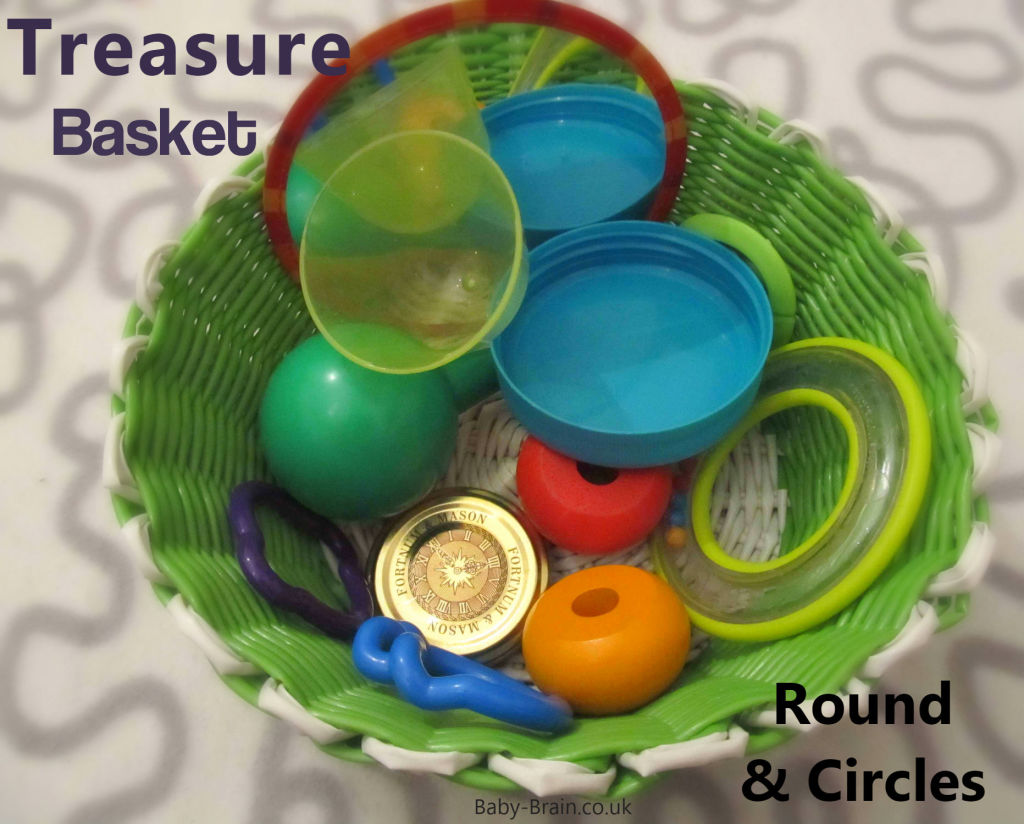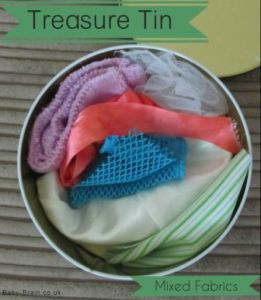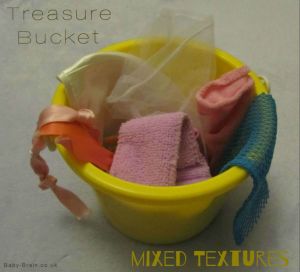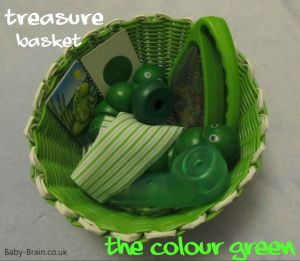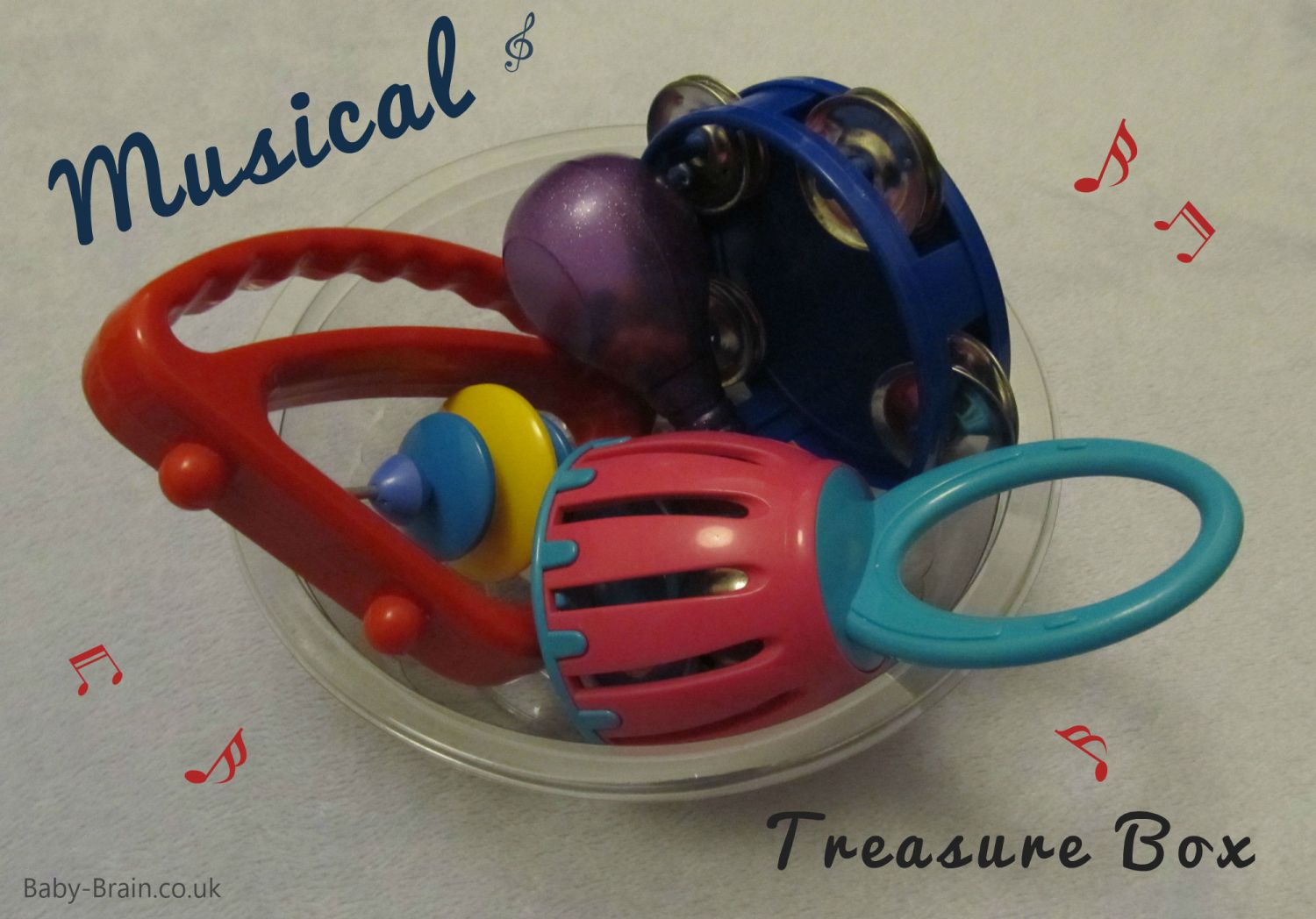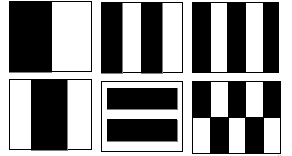[spider_facebook id=”1″]
Research on: does having children make us any happier?
See the full article from the London School of Economics, here
In summary:
The birth of a first and a second child briefly increases the level of their parents’ happiness, but a third does not, according to new research from LSE and Western University, Canada
“According to the research, published in the journal Demography, parents’ happiness increases in the year before and after the birth of a first child, it then quickly decreases and returns to their ‘pre-child’ level of happiness”
“Those who become parents between the ages of 23 -34 have increasing happiness before a first birth, however one to two years after the birth, happiness decreases to baseline or below.”
“The arrival of a third child is not associated with an increase in the parents’ happiness, but this is not to suggest they are any less loved than their older siblings. Instead, this may reflect that the experience of parenthood is less novel and exciting by the time the third child is born or that a larger family puts extra pressure on the parents’ resources. Also, the likelihood of a pregnancy being unplanned may increase with the number of children a woman already has – and this brings its own stresses.”
-
So – they’re not saying there’s any link between no increase in happiness and not loving or looking after the child! (phew). I like the idea of it being less novel though, kind of makes sense, or other social/economic factors that could affect the “third child” (or later children in general) such as pressure on resources.
-
Baby-Brain thinks: Of course, “happiness”, will depend on what you want it to mean and there are going to be many other “changes” that come with children – positive, not so positive (?!) or just differences to one’s life that come with such a significant thing as having a child!

